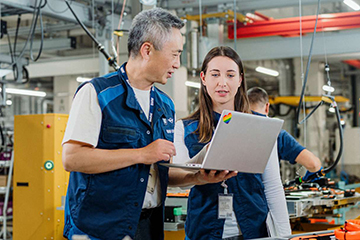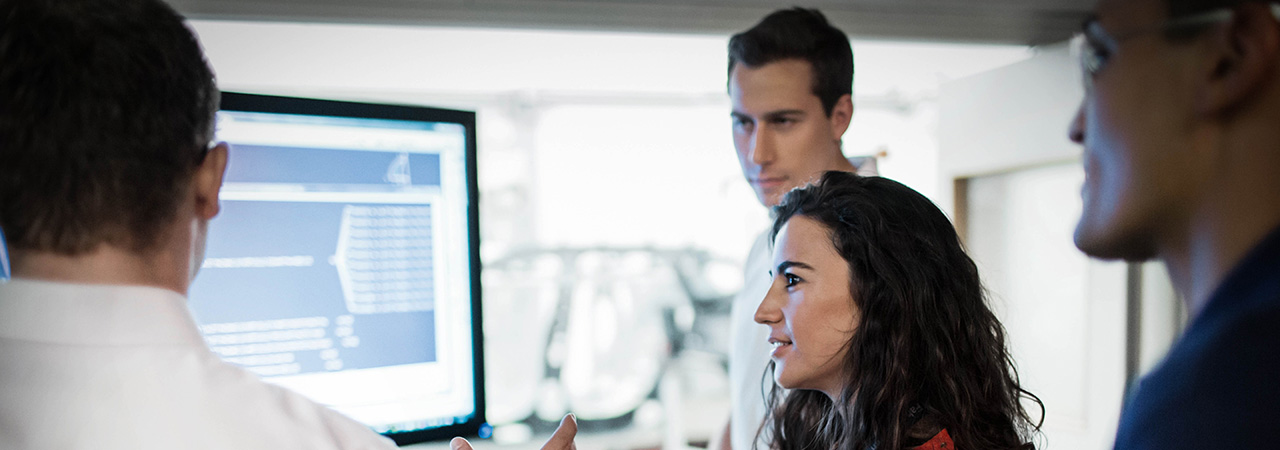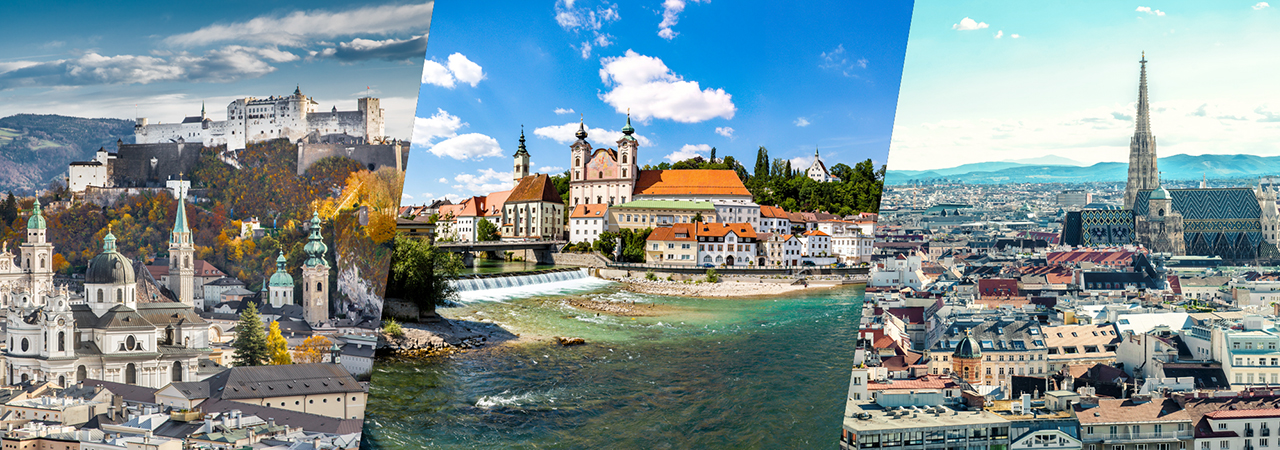Research and development is where our visionary teams dare to imagine new ways for mobility to move us – and perfect the next-generation of pioneering technologies that will bring this future to life.
From e-mobility and vehicle digitalisation to autonomous driving and beyond, our R&D specialists work at the cutting edge of automotive technology, using their collective expertise in classical engineering and IT to develop the innovative technologies that will have a lasting impact on the future of mobility.
That’s why we are always looking for passionate new visionaries to help us push each other – and the boundaries of what’s possible – to the next level. Whether classical engineering or software development, our research and development covers the entire bandwidth. Your ideas and solutions could prove invaluable in helping us write the next chapters in automotive history.




